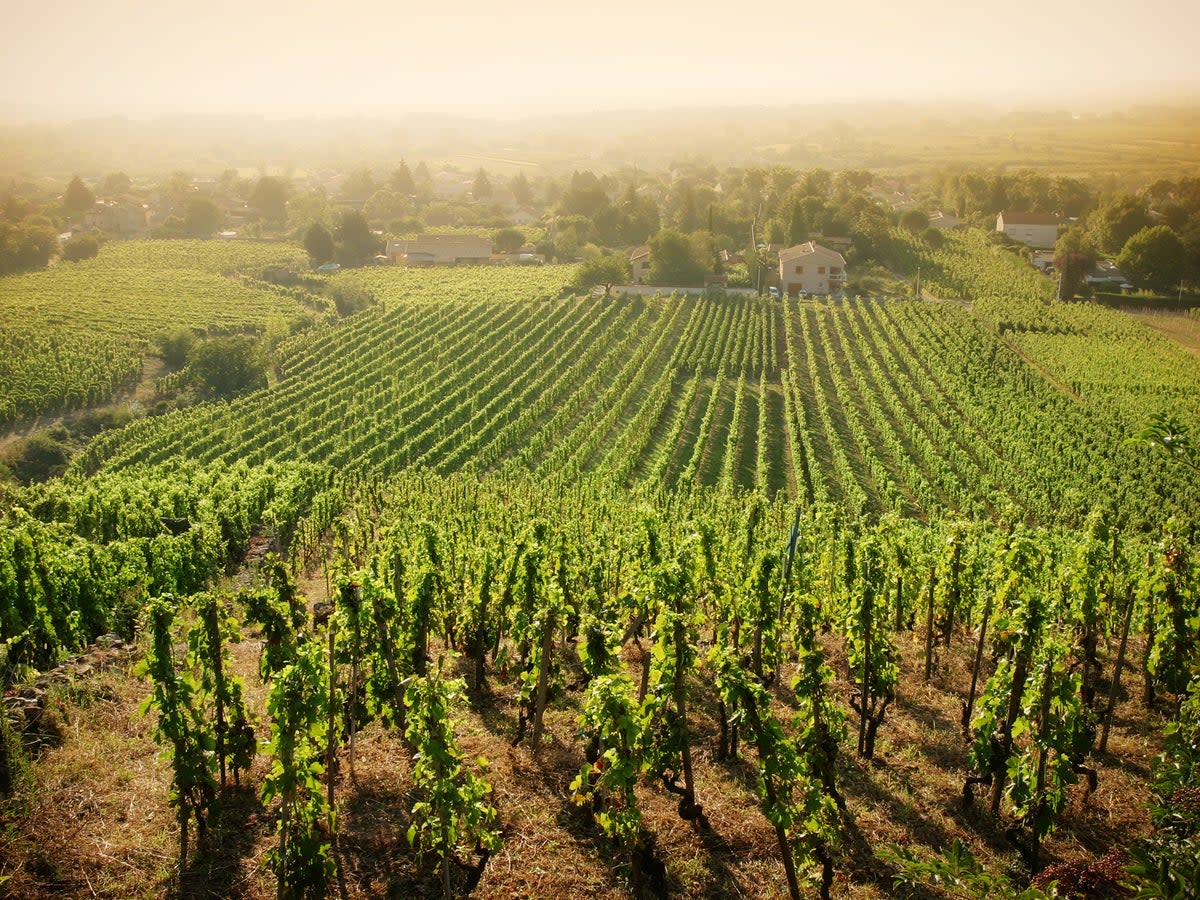Why I love Rhône wines, and you might, too

When I first fell in love with wine, I fell in love with the Rhône Valley. My guide was Adventures on the Wine Route by Kermit Lynch, a California-based importer whose memoir made driving around the French countryside and lunching with winemakers sound rather romantic. I also followed Bobby Kacher, another importer with a similar reputation for bringing great wine to the United States. While Lynch and Kacher covered all of France, they each had a strong base in the Rhône.
Recently, I’ve been rediscovering this wine region and remembering why it caught my fancy all those years ago.
I love the Rhône because of history. The Phocaeans brought viticulture to Marseille from Greece in about 600 BC, and the Romans terraced the steep hillsides of what we now call the northern Rhône a few centuries later. Several winery names reference the Crusades. When the papacy moved from Rome to Avignon from 1309 to 1376, the popes boosted the Rhône’s reputation for fine wine and gave us one of the region’s most storied appellations, Châteauneuf-du-Pape.
I love the Rhône for its geography. The river winds westward from Lake Geneva in the Swiss Alps and turns south at Lyon. The famous Mistral wind howls down this corridor, bending vines against its fury and inspiring poets to interpret its message. The steep, terraced hillsides of the northern Rhône fan out into more relaxed plains in the south as though the river sheds its cares en route to a Mediterranean vacation. The land here is dotted with hill towns that wine lovers salivate over – Gigondas, Vacqueyras, Rasteau – as the climate becomes less continental and more Mediterranean. The entire region stretches roughly between 44 and 45 degrees north latitude.
I love the Rhône for its food. Lyon, the gastronomic heart of France where butter meets olive oil, is at the northern end. Provence, where olives and anchovies add briny savouriness to the cuisine, in the south. Truffles, tapenade, fougasse and aioli grace menus.
And I love the wine, of course. If Bordeaux is buttoned-up boardrooms, Champagne a black-tie fete and Burgundy a mystical society with bizarre initiation rites, Rhône wines come with no such expectations. They accept me for who I am, without demands.
Even with inflation, they continue to provide value. Delicious wines from the basic appellations, Côtes du Rhône and Côtes du Rhône Villages, can be found between £10 and £20. Two long-standing popular brands, Parallele 45 from Jaboulet and La Vieille Ferme from the Perrin family, can be found much lower. Tesco, for example, sells La Vielle Ferme at £7.75 a bottle.
Prices tend to go up as we climb the appellation hierarchy, through several villages that have earned the right to put their names on Côtes du Rhônes Villages and to the 17 crus – towns whose names can stand alone on a label. (For example, Sablet Côtes du Rhône Villages ranks in the mid-tier as a “named village”, while nearby Gigondas stands alone as a top-tier cru.)
For a general understanding of Rhone wines, think of a north-south divide. Those steep terraced vineyards in the northern cru appellations of Hermitage, Crozes-Hermitage, Cornas, Saint-Joseph and Côte Rôtie are dominated by syrah, favoured because it ripens early in the cooler climate. The wines achieve a flinty, gamey character and a tannic structure that requires some ageing to coax the wine out of itself. Some wines are fermented with a small percentage of white grapes (usually viognier) included to lend an aromatic lift.
In the south, grenache is the primary red variety, with syrah and mourvedre in supporting roles. Cinsaut, carignan, counoise and marselan make occasional cameos. Devotees of Châteauneuf-du-Pape wines can recite the 13 varieties (some of them white) permitted by law in the blend, though today most are dominated by grenache.
In white wines, viognier stars in the small, hard-to-find and pricey appellation of Condrieu in the northern Rhône. Otherwise, whites are usually blends of marsanne and roussanne, typically full-bodied and low in acid. In the south, grenache blanc and a few other varieties add zip and interest.
There is rosé of course. Côte du Rhône rosé is typically quite dry in many shades of pink. Tavel, an appellation devoted to rosé, is cherry red and often a bit sappy, with a hint of sweetness.
Climate change is an issue. The Rhône has experienced several warmer-than-average vintages since 2015. Alcohol levels have crept up as a result, and there’s a risk that some of those savoury nuances that distinguish the wines may be lost. But the Rhône remains a fascinating and delicious region to explore.
© The Washington Post
